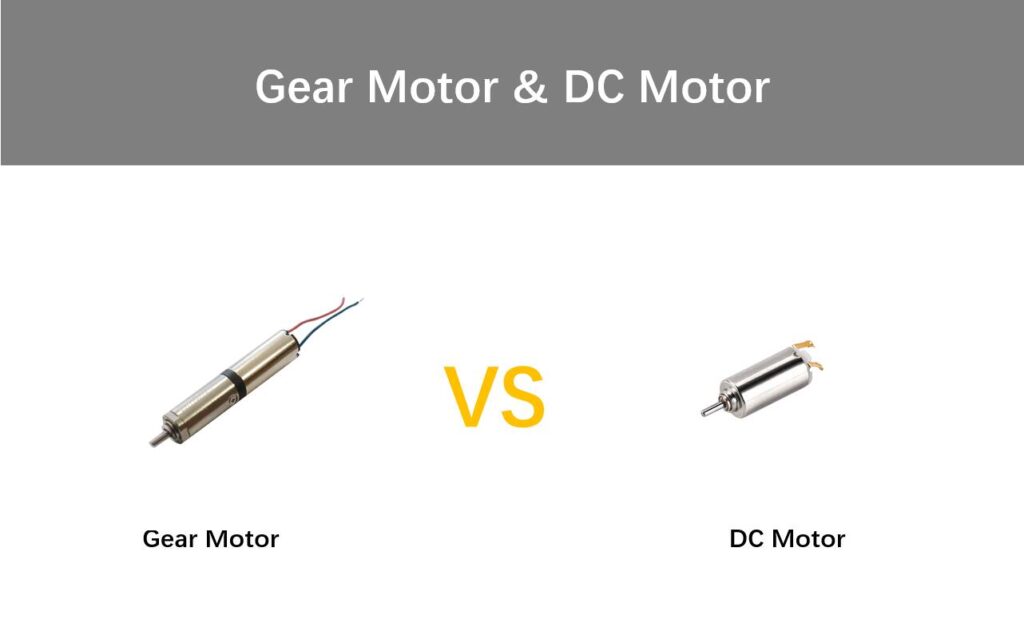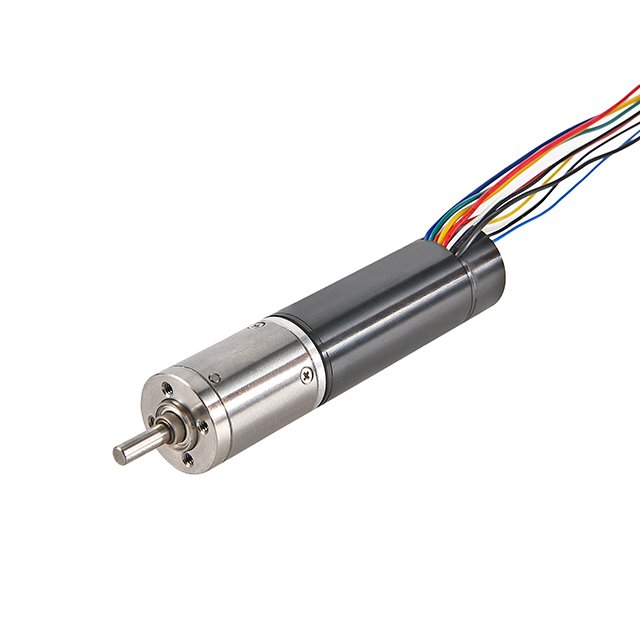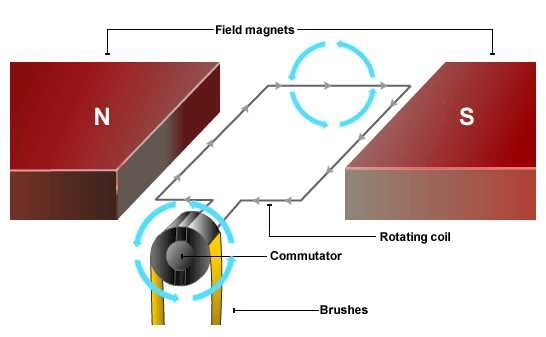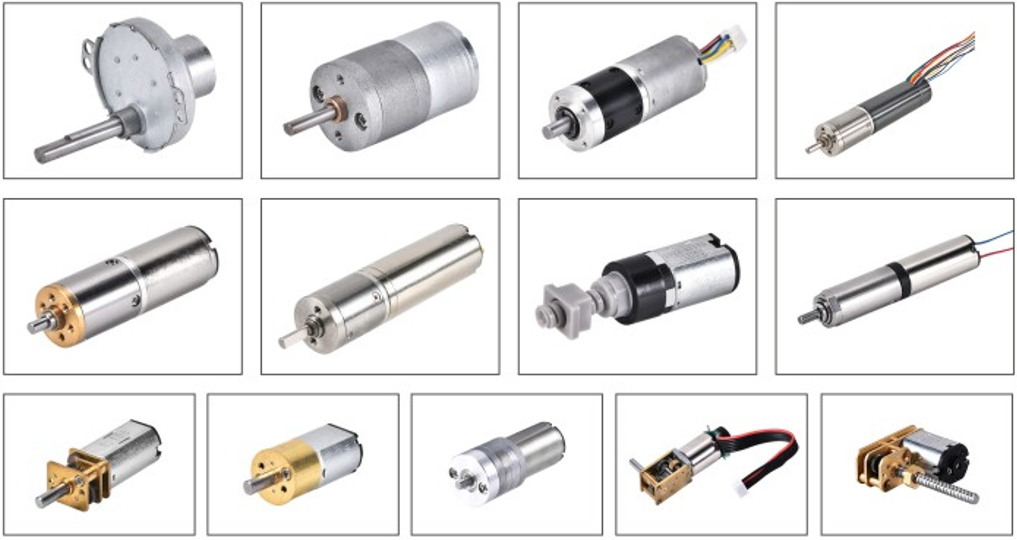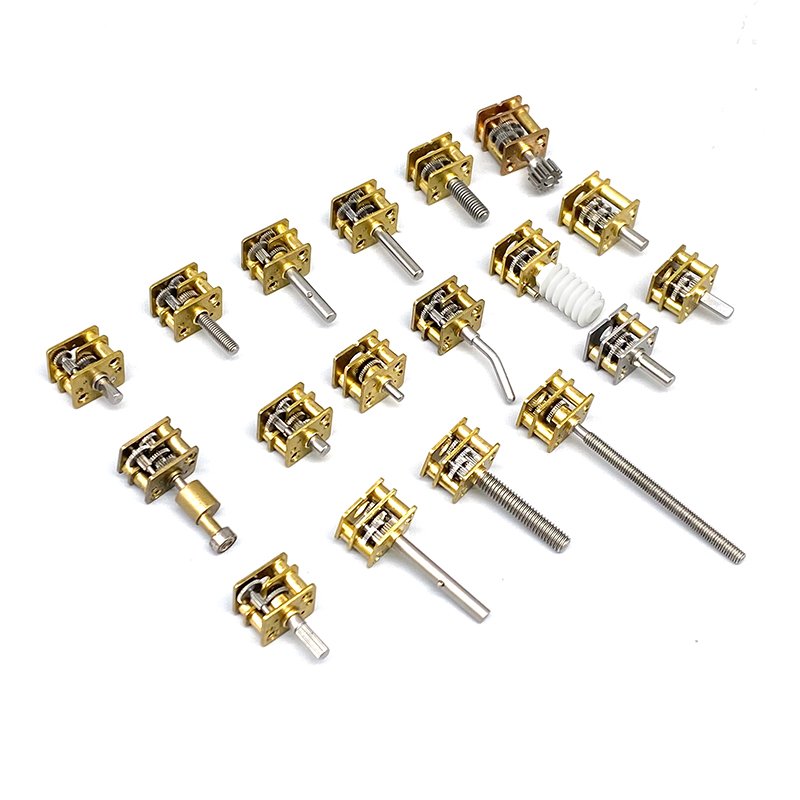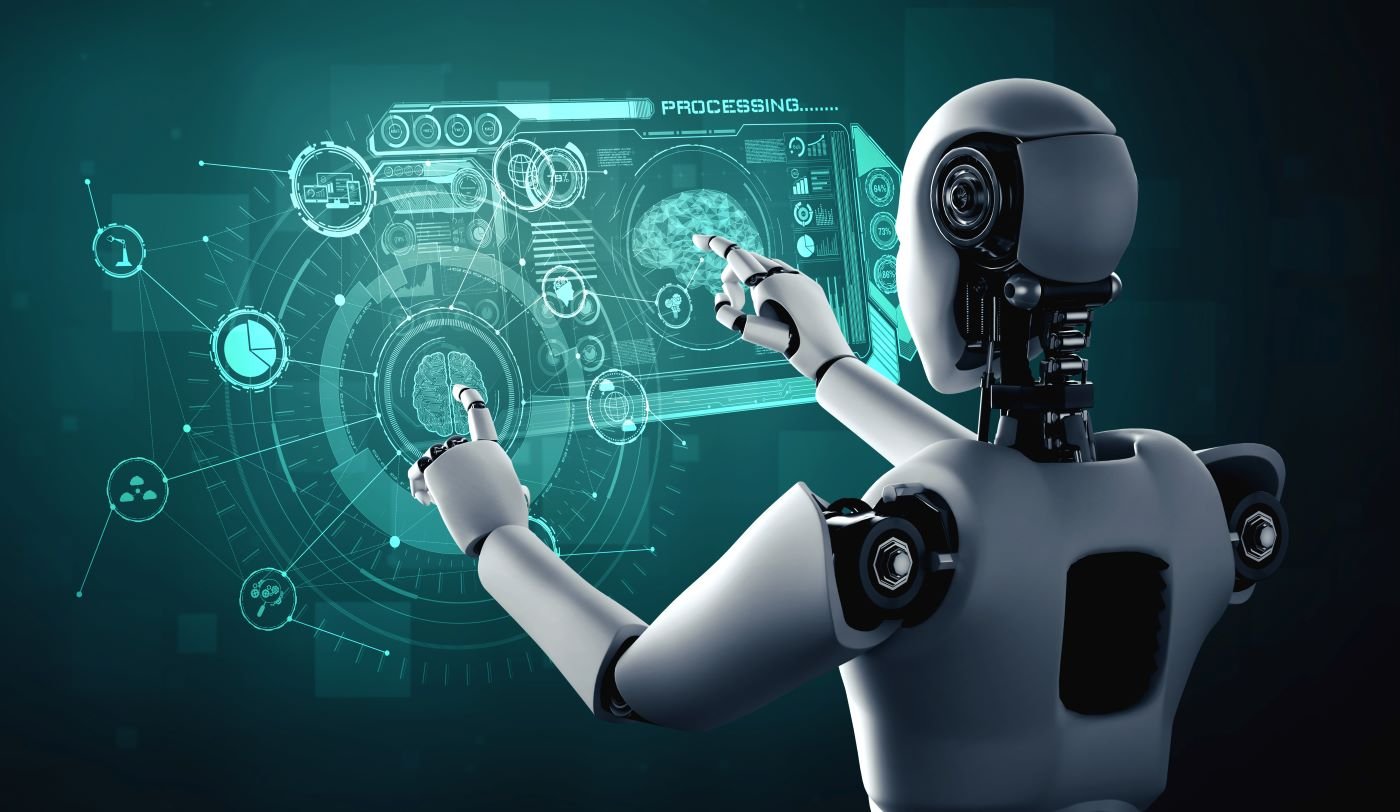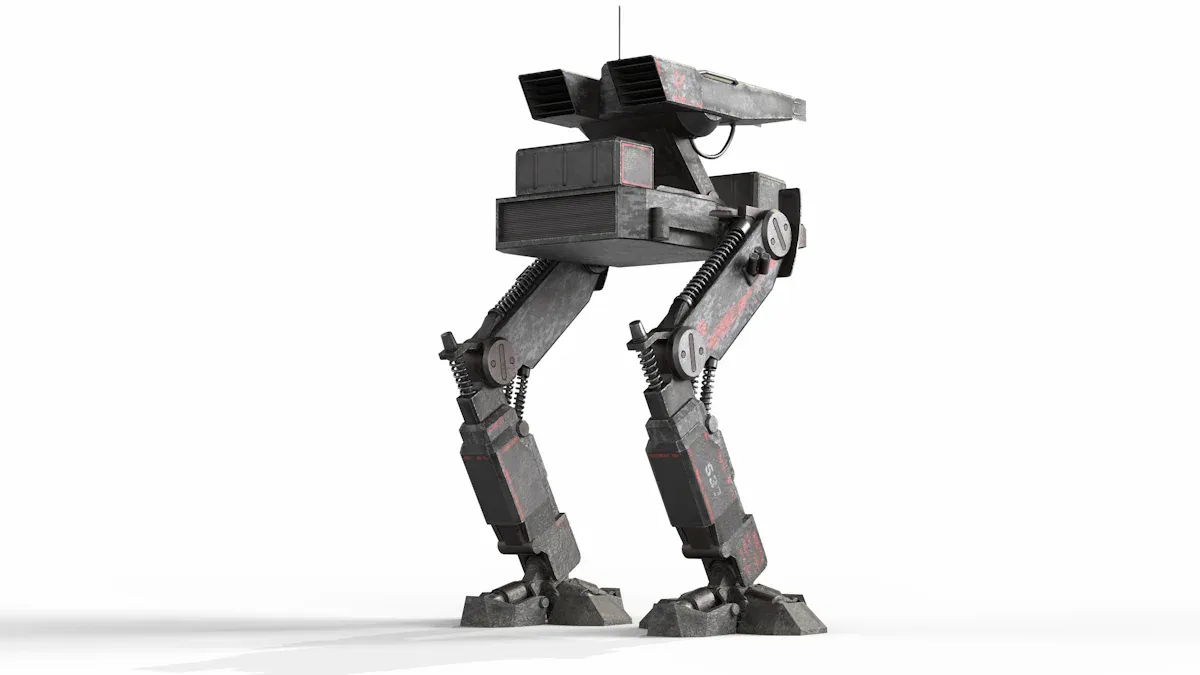Choosing the right motor can significantly impact performance advantages and how well things work. Geared motors provide strong turning force at slow speeds, making them ideal for tasks that require a lot of power and precise control. Direct drive motors perform efficiently and maintain stability due to having fewer moving parts. Key factors to consider include torque, efficiency, accuracy, maintenance needs, reliability, speed, and suitability for the job.
Recent industry data shows:
Hybrid stepper motors offer the best performance advantages in strong turning force and operational efficiency.
Brushless DC motors excel in efficiency and delivering high power.
Direct drive motors are becoming increasingly popular where low maintenance and precise speed control are essential.
This side-by-side comparison of DC motors, torque, speed, and efficiency helps users select the best motor to meet their specific needs.
Principaux enseignements
Geared motors give strong torque at low speeds. They are good for heavy jobs that need careful control and lots of power.
Direct drive motors have fewer moving parts. This helps them run smoothly and use less energy. They also need less fixing.
Picking the right motor depends on what you need. Think about torque, efficiency, precision, and how long it will last. This helps you get the best use and longer motor life.
Geared motors are great in factories and machines that need strong force. Direct drive motors are better for jobs that need quiet, smooth, and exact moves.
Use a checklist to compare torque, efficiency, size, and fixing needs. This helps you pick the right motor for your job.
Motor Types Overview
Geared Motors
Geared motors use a dc motor and a gearbox together. The gearbox helps the motor give more turning force at slow speeds. This makes them good for jobs that need strong force and careful control. Helical gear motors work well and are quiet because of their slanted teeth. Planetary gear motors share the work between many gears, so they last longer and work better.
A study looked at how amplifier–motor–gearbox groups work. It showed that gearboxes change how much force and speed the motor can give. This lets small dc motors work well in tough jobs. Gearboxes can cause problems like friction and backlash. Engineers use torque sensors to help control these problems. New technology, like IoT, lets people watch motors in real time and fix problems before they get worse.
Geared motors are great for factories where strong force and careful movement are needed. They can handle heavy loads and keep working well even when things change. This makes them a good pick for robots and machines.
Mesure de la performance | Description & Example |
|---|---|
Torque Multiplication | Gears make the motor stronger. For example, a 30W brushless motor with a 200:1 gearhead can boost torque from 13.6 oz-in to 53 lb-in. |
Inertia Load Increase | Gears let the motor move heavier things. |
Positioning Time | More inertia means the motor can move faster to the right spot. |
Axial/Radial Load Capacity | Geared motors can hold more weight from different directions than motors without gears. |
Résolution | Gears help the motor move in smaller steps for better control. |
Speed Reduction | Gears slow down the motor’s output for better control. |
Today’s geared motors use strong, light materials and are small in size. This helps machines work better and saves space. Brushless dc motors with gearboxes last a long time and work well.
Direct Drive Motor
A direct drive motor connects the load right to the motor shaft. It does not need gears. This means there are fewer moving parts. Fewer parts make the motor work better and break less often. Direct drive motors work like dc motors. They turn electricity into movement using magnets and electric currents.
The stator makes a steady magnetic field.
The rotor spins inside this field.
Lorentz’s force law explains how the current makes the rotor turn.
Engineers change the current to control how fast and strong the motor turns.
Brushless dc motors make direct drive motors even better.
Direct drive motors move smoothly and use energy well. They are good for jobs that need careful speed, quiet work, and little fixing. With fewer parts, they last longer. These motors are used in robots, medical tools, and factories that need very exact work.
Direct drive motors work steadily and react quickly, so they are best for jobs where being exact and saving energy is important.
Performance Advantages
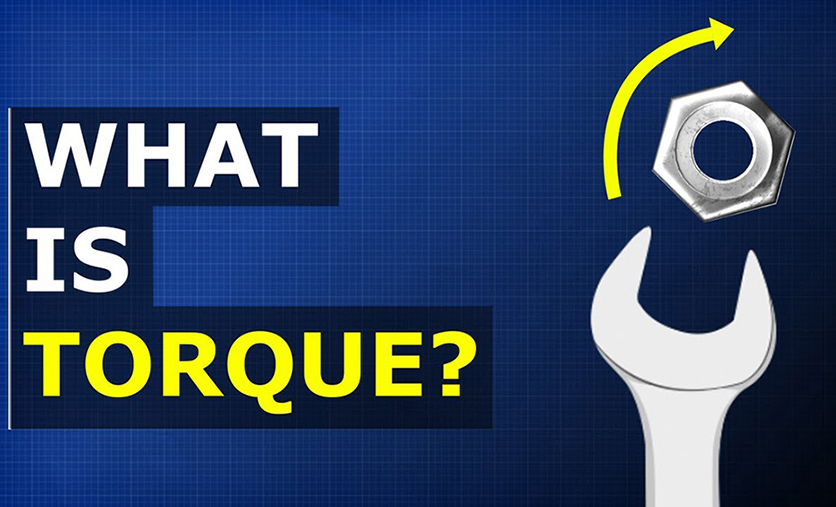
Torque and Acceleration
Torque is the force that makes things turn. Geared motors use gearboxes to make more torque. This helps them lift heavy things or start moving fast. Even small geared motors can be very strong. For example, a geared dc motor in a robot can move big parts with care. The gearbox makes the torque bigger, so tough jobs are easier.
Direct drive motors connect right to what they move. They do not have gears, so there is less friction. These motors give torque straight to the load. But they may not be as strong as geared motors at slow speeds. Still, they react fast and speed up smoothly. In robots, direct drive motors help things move quickly and work the same every time.
Industry reports say geared motors are used most in powersports vehicles. This is because they are strong and work well. Direct drive motors are becoming more common where fast moves and smooth speed are needed.
Type de moteur | Torque (Nm) | Acceleration | High Torque Capability | Typical Application |
|---|---|---|---|---|
Geared DC Motor | 50-300 | Modéré | Yes | Industrial robots, conveyors |
Direct Drive Motor | 20-100 | Haut | Limitée | Precision robotics, turntables |
The next table shows how motors work in real tests. The Bafang BBS02 mid-drive and MAC 10T geared hub motors use less energy to keep the same speed and distance as direct drive motors. This means geared motors can be strong and quick without using more power.
Type de moteur | Average Speed (MPH) | Route Distance (miles) | Elevation Gain (feet) | Watt-Hours Consumed |
|---|---|---|---|---|
Bafang BBS02 Mid Drive | 14 | 12 | 610 | 68 |
MAC 10T Geared Hub | 14 | 12 | 610 | 91 |
Magic Pie 4 Direct Drive | 14 | 12 | 610 | 123 |
Smart Pie 4 Direct Drive | 14 | 12 | 610 | 130 |
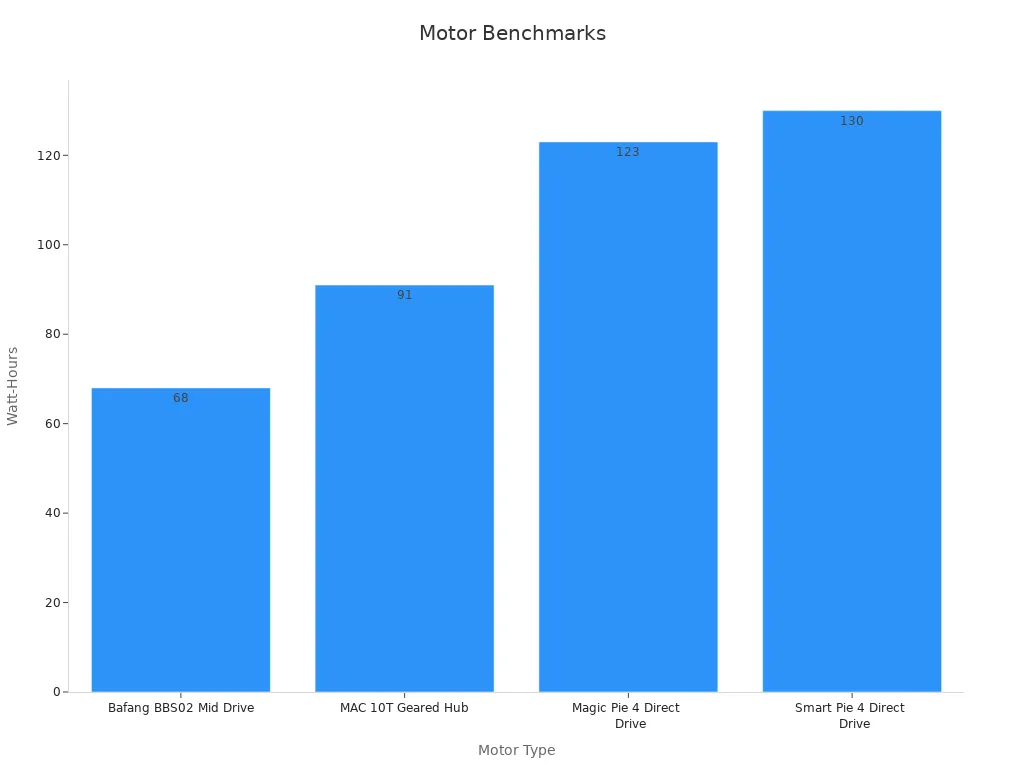
Efficiency and High Efficiency
Efficiency tells us how well a motor uses power. Geared motors can lose some power because of friction in the gears. But they still work well when you need strong force at slow speeds. Direct drive motors have fewer parts, so they are often more efficient, especially when running at the same speed.
Studies show that efficiency depends on how much work the motor does and how often it changes. For example, a permanent magnet motor with an IE4 rating might use more energy than an induction motor with an IE3 rating if the job changes a lot. Engineers use math to compare how efficient motors are in real jobs. The formula Pdiff = P1 * (1 – Eff1/Eff2) helps find out how much energy you save with a better motor.
Picking a motor by IE class alone does not always save the most energy.
Permanent magnet motors can use more energy than induction motors, depending on the job.
How much energy a motor uses depends on how hard it works and how often.
Cost and the effect on the environment, like making rare earth magnets, are important.
The Energy Efficiency Index (EEI) does not show the exact energy or money saved.
Efficiency Class | Description | Notes on Efficiency Improvements and Motor Design Changes |
|---|---|---|
IE1 | Standard Efficiency | Baseline efficiency level |
IE2 | Haute efficacité | Improved materials and design; longer frame length possible |
IE3 | Premium Efficiency | Further efficiency gains with optimized windings and laminations |
IE4 | Super Premium Efficiency | Advanced materials, possible frame size changes, includes permanent magnet motors |
IE5 | (No specific name defined) | Newest class with minimum efficiencies specified for variable speed motors |
Direct drive motors are often very efficient when running at the same speed. Geared motors can be better when the job needs strong force that changes. Both types of dc motors can be efficient if you pick the right one for the job.
Precision and Noise
Precision means how well a motor can control movement. Geared motors use gearboxes to help control movement better. But gears can cause a small delay called backlash. Engineers use sensors and smart controls to fix this. Geared motors can be very precise, especially in robots and machines.
Direct drive motors are very good at precision because they connect right to the load. This setup removes backlash and lets them move smoothly and accurately. These motors are used in jobs that need very careful control, like medical tools and fancy robots.
Noise is also important. Geared motors can be louder because of the gears. Direct drive motors are quieter since they have fewer parts. Engineers use tests like Total Harmonic Distortion (THD) and dynamic range to measure noise. Special machines, like those from Lindos Electronics, test noise and movement quickly. Studies show these tests match what people hear in real life.
Standard tests check noise and precision in motors.
Automated systems give fast and good results.
Blind listening tests show that the tests match what people hear.
Maintenance and Reliability
Maintenance and reliability tell us how long a motor lasts and how often it needs fixing. Geared motors have more parts, so they might need more care. Gears can wear out, especially when working hard. But new geared motors use strong materials and smart sensors to last longer and break less.
Direct drive motors have fewer parts, so they need less fixing. This means they last longer and are more reliable. Direct drive motors work well for a long time, so they are good for important jobs where stopping is bad.
Reports show geared motors are used most where strong force and toughness are needed. Direct drive motors are getting more popular for jobs that need little fixing and steady work.
Tip: Pick the right motor for the job by thinking about torque, efficiency, precision, and reliability. The best match gives you better performance and a longer-lasting motor.
Application Guide
Best Uses for Geared Motors
Geared motors are best for jobs that need strong force and good control. These motors use gearboxes to make more torque and move heavy things. Many factories use geared motors to help machines work by themselves. In cement plants, engineers changed old chain drives to geared motors. This helped stop machines from breaking and made them work better. Wastewater plants use geared motors to save money on repairs and make machines last longer. Sawmills use these motors to help machines work faster and better. Modular robots also use geared motors to make them easy to change and grow.
Domaine d'application | Description | Benefits Highlighted |
|---|---|---|
Cement Facility Drive Modernization | Changing old chain drives on bucket elevators to geared motors to stop breakdowns and losses | Better efficiency and less time stopped |
Wastewater Treatment | Fixing repair problems and breakdowns in screw-lift drive systems | Less repair cost and better reliability |
Gearmotor Speed Optimization | Running gearmotors faster than 60Hz to make them work better | More speed choices and better working |
Sawmill Automation | Using VFDs, Ethernet, and automatic systems in sawmill lines | More work done and better than old systems |
Modular Robotics Kinematics | Custom robot packages for jobs that can grow or change | Easy to change and grow automation |
Geared motors are good for hard jobs, jobs that need strong force, and jobs where careful movement and working well are important.
Best Uses for Direct Drive Motor
Direct drive motors are great for jobs that need to use power well, move smoothly, and be very exact. These motors connect right to what they move, so there is less rubbing and more power saved. Factories use direct drive motors for lines that put things together and move stuff because they give strong force and good control. Robots use these motors because they move smoothly and are easy to control. Planes and defense machines use direct drive motors for moving parts and controls, where working well is very important. Cars use these motors in electric and hybrid cars to help them move and turn. Hospitals use them in medical tools and surgery robots, where being right and safe is needed.
Direct drive linear motors are also good for fast and very exact jobs. Making computer chips, car batteries, and machine tools use these motors because they start fast and do not need much fixing. New ideas like making motors smaller, using smart sensors, and better controls make direct drive motors even better for hard jobs in robots and machines.
Selection Checklist
Picking the right motor means checking important things. This list helps engineers find the best motor for their job:
Performance Criterion | Description | Units/Notes |
|---|---|---|
Motor Constant (Km) | Shows how much torque you get for each bit of heat; higher is better | Nm/√W |
Torque Constant (Kt) | How much torque you get for each amp of current | Nm/A |
Continuous Torque | The most torque the motor can give all the time | Nm |
Continuous Current Limit | The most current the motor or driver can handle all the time | Amperes (A) |
Outer Diameter | How big around the motor is | Millimeters (mm) |
Thermal Resistance (Rth) | How well the motor gets rid of heat; lower is better | °C/W or K/W |
Electrical Time Constant (Te) | How fast the current gets close to its top value; changes how fast you can control it | Seconds (s) |
Mechanical Time Constant (Tm) | How fast the motor speed gets close to its top value; changes how fast it reacts | Seconds (s) |
Tip: Always check torque, efficiency, size, and control for your job. A higher motor constant (Km) means more torque for each watt of heat, which helps motors work longer in robots and machines. Look at the torque rating, current limits, and size to make sure the motor fits and works well in your system.
Picking between geared motors and direct drive motors depends on what you need for the job. Geared motors make a lot of torque at slow speeds. They are good for heavy work. Direct drive motors move smoothly, use less energy, and need less fixing.
Here are some main differences:
Geared motors give strong torque and are not heavy.
Direct drive motors last longer and can handle more power.
Geared motors are better if you want to save money. Direct drive motors are better for hard jobs.
Aspect | Geared Motors | Direct Drive Motors |
|---|---|---|
Durée de vie | Shorter, gears wear out | Longer, bearings limit life |
Maintenance | Needs more, parts cost less | Needs less, parts cost more |
Efficacité | Works well at slow speed | Very good at steady speed |
Couple | High with gears | Direct, less at slow speed |
Users should use a checklist with easy steps and clear tips.
They need to see if the motor fits the torque, efficiency, and job needs.
They should think about cost, how long it lasts, and fixing needs.
Use the checklist to pick the best motor for your job. This helps you get good performance and makes sure the motor works well for a long time.
FAQ
What makes geared motors different from direct drive motors?
Geared motors use gears to make more torque and change speed. Direct drive motors connect right to what they move. This means there are fewer moving parts. Geared motors are good for lifting heavy things. Direct drive motors move smoothly and with good control.
What applications suit geared motors best?
Geared motors are best for jobs that need strong force at slow speeds. Factories, robots, and conveyor belts often use these motors. They can lift heavy things and work well in hard places.
What are the main benefits of direct drive motors?
Direct drive motors use energy well and do not need much fixing. They are quiet and easy to control. These motors are good for jobs that need smooth moves, like robots, medical tools, and machines that build things.
What maintenance do geared motors require?
Geared motors need to be checked often for worn gears and oil. People should look at the gears and bearings. Changing old parts stops the motor from breaking. Good care helps the motor last longer and keeps machines working.
What factors help choose between geared and direct drive motors?
People should think about how much torque, energy use, noise, and fixing is needed. Geared motors are best for hard work. Direct drive motors are better for careful moves and less fixing. The best motor depends on what the job needs.
